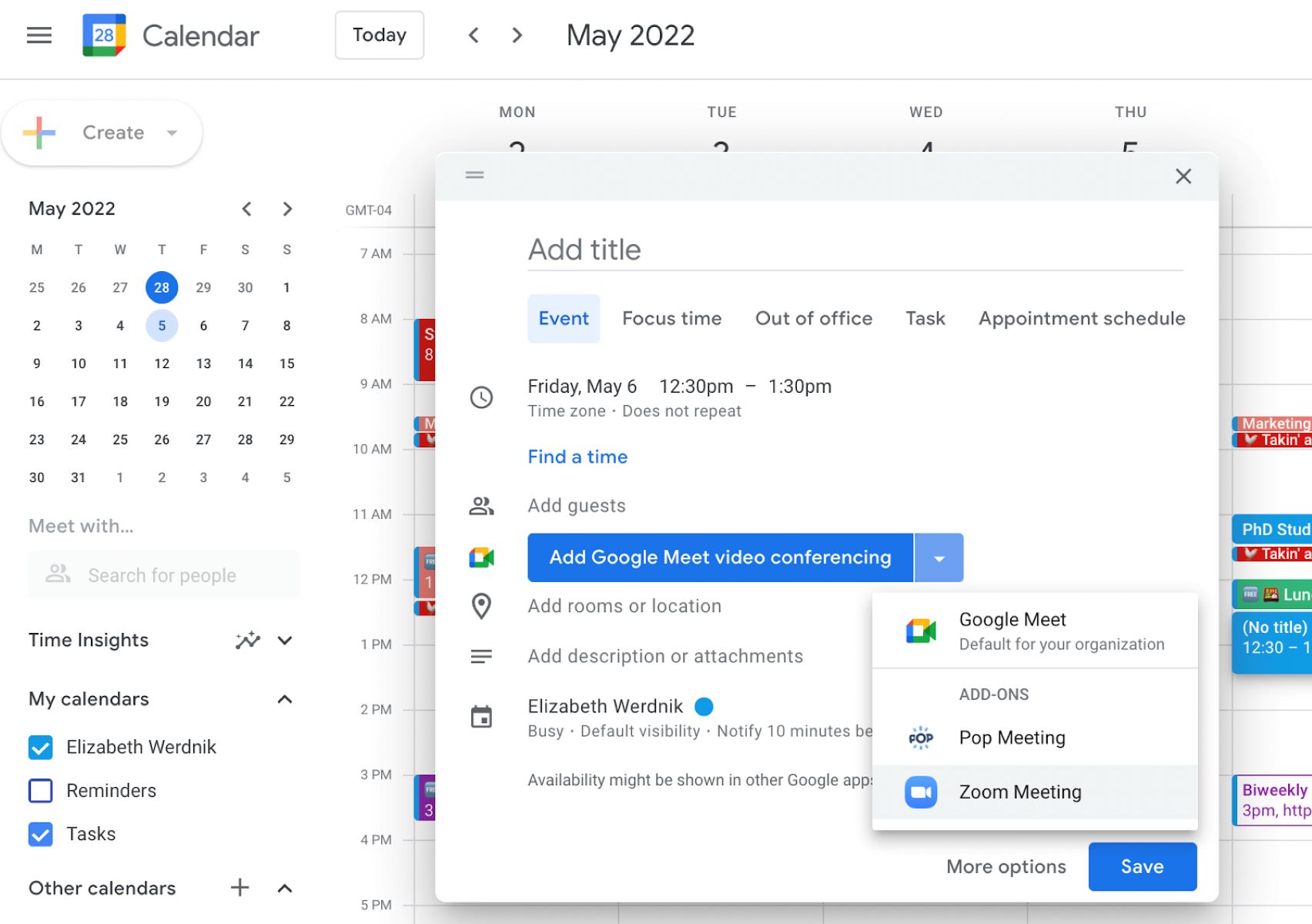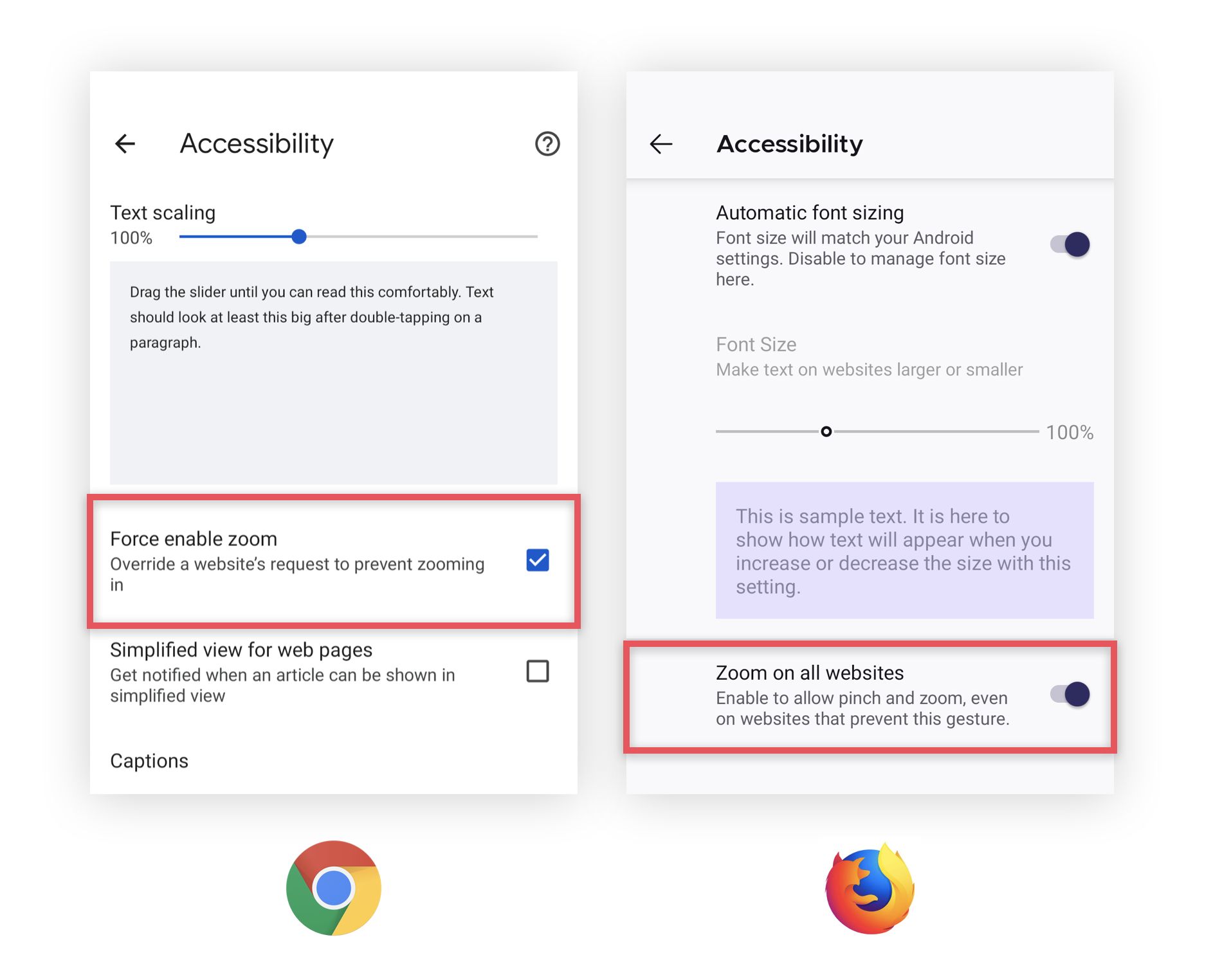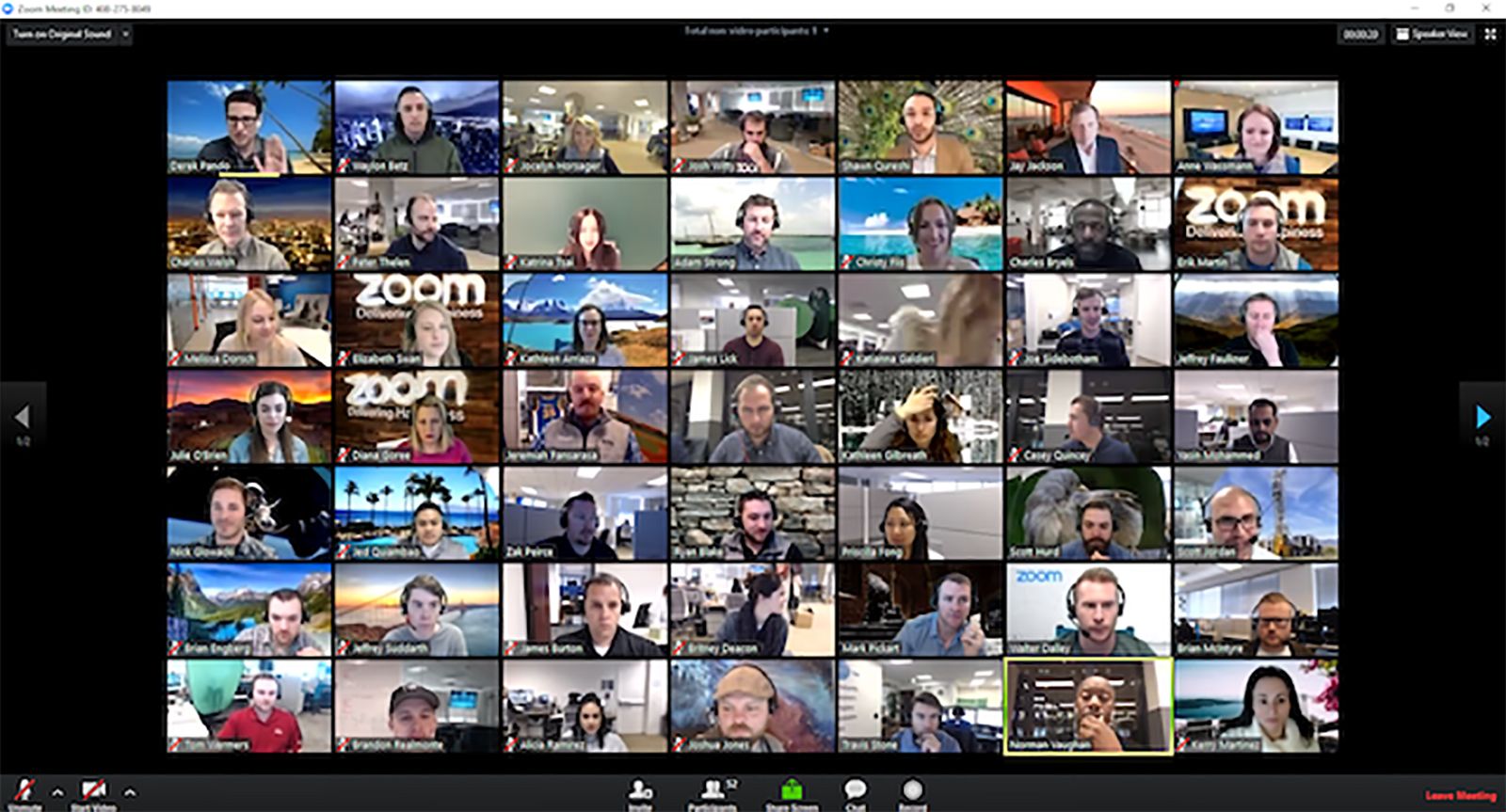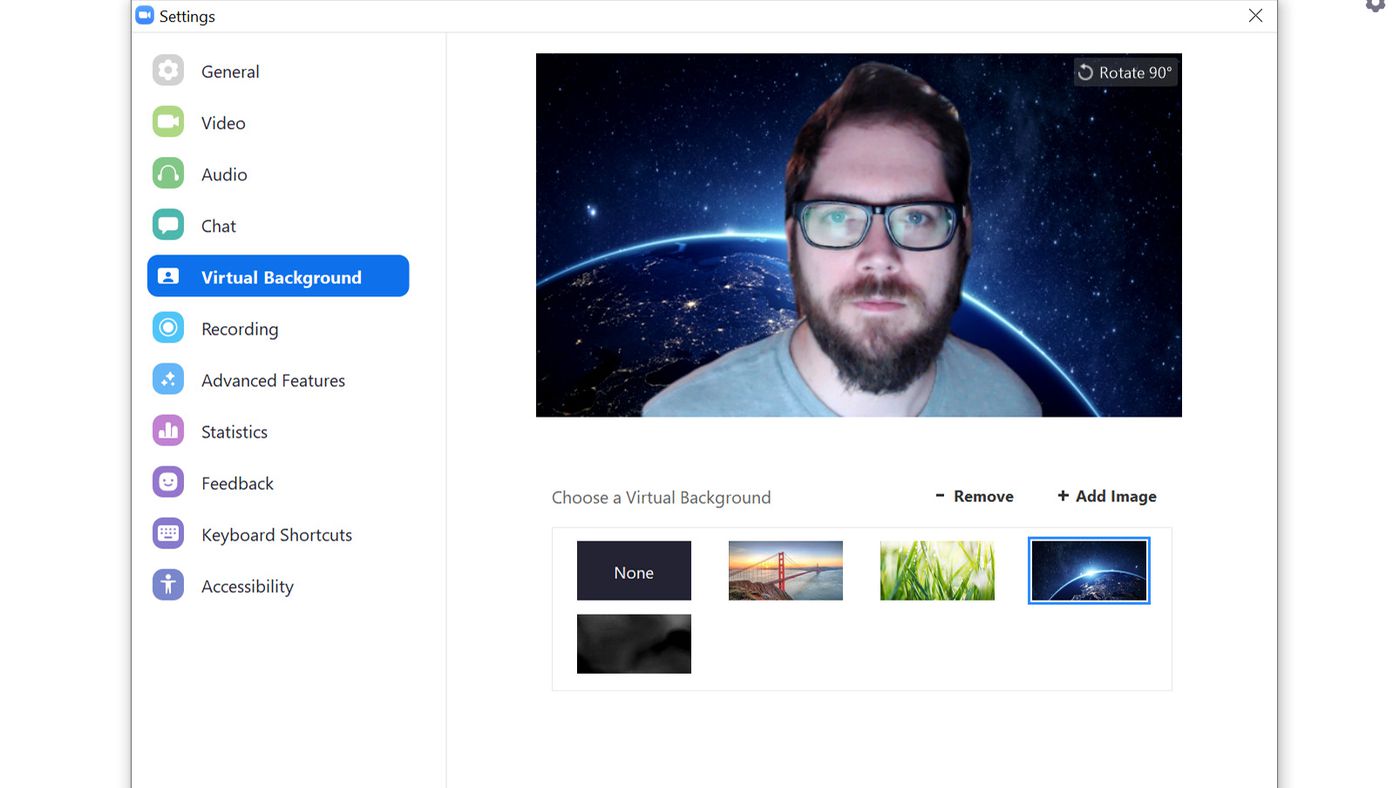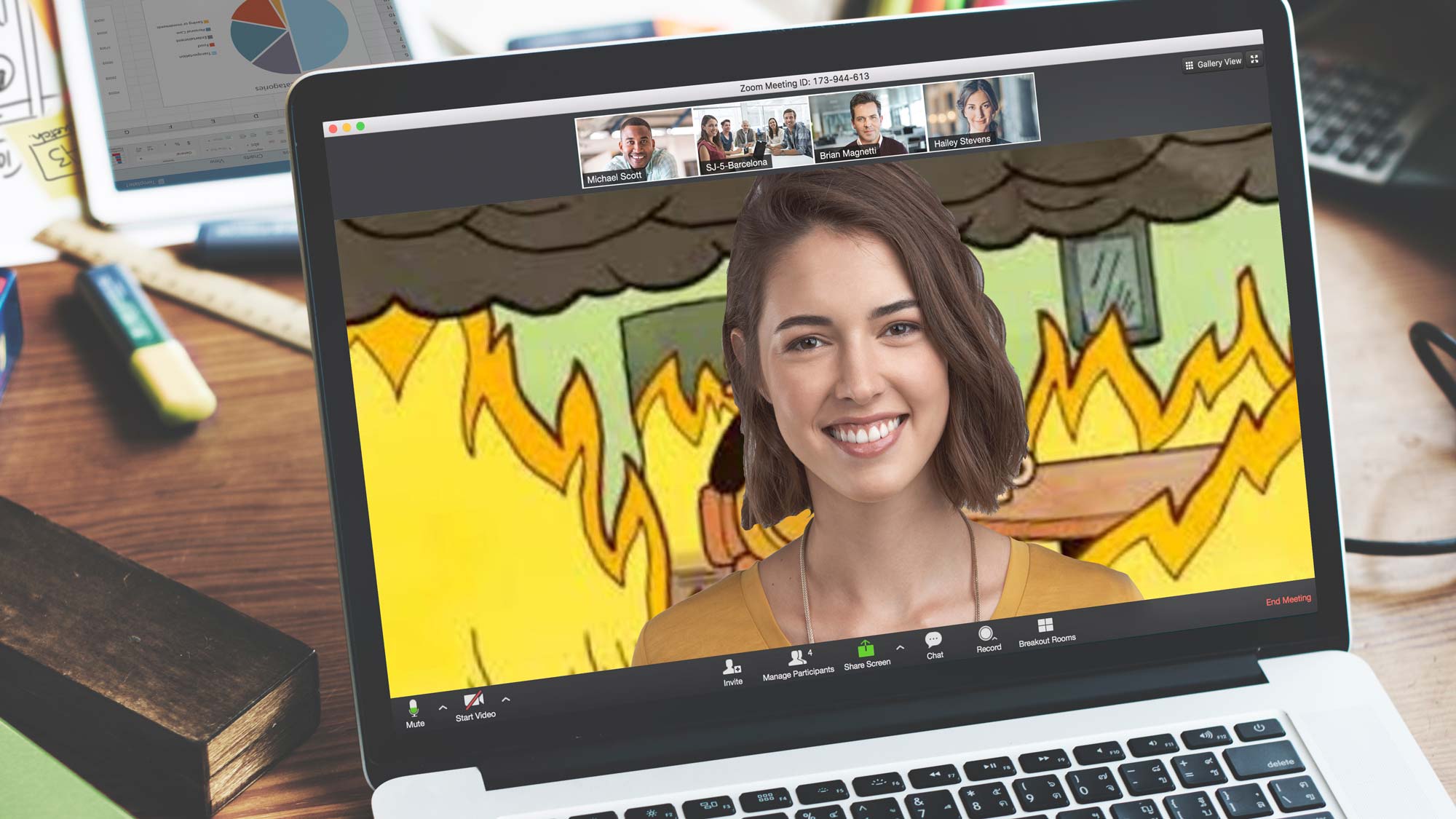Introduction
Welcome to the virtual world of Zoom meetings! In the digital age, connecting and collaborating remotely has become the new normal. Whether you’re a professional attending a business conference, a student participating in an online class, or simply catching up with friends and family, Zoom provides a reliable and user-friendly platform for video conferencing.
Zoom is a cloud-based video conferencing software that allows you to host and join virtual meetings, webinars, and events with participants from around the world. With its intuitive interface and robust features, it offers a seamless communication experience that mimics face-to-face interactions.
In this guide, we’ll walk you through the process of setting up and joining a Zoom meeting, as well as exploring the different functionalities and settings available to make your virtual meetings as smooth and engaging as possible. We’ll also provide troubleshooting tips to help you overcome any technical difficulties you might encounter along the way.
Whether you’re new to Zoom or looking to enhance your existing knowledge, this article will equip you with the essential skills to navigate the Zoom interface, manage participants, share your screen, and take advantage of the various features to ensure productive and successful virtual meetings.
So, grab your favorite beverage, settle into a comfortable chair, and let’s dive into the world of Zoom meetings!
What is Zoom?
Zoom is a leading video conferencing software that allows users to communicate and collaborate seamlessly from any location. It was founded in 2011 and has gained immense popularity due to its intuitive interface and powerful features. Whether you’re conducting a virtual meeting, hosting a webinar, or engaging in remote learning, Zoom provides a reliable and user-friendly platform for all your communication needs.
One of the key features of Zoom is its ability to support high-quality video and audio interactions. With just a few clicks, you can join or host a meeting and engage in face-to-face conversations with participants from around the world. Zoom also offers advanced features such as screen sharing, virtual backgrounds, and breakout rooms, which enhance the overall meeting experience and promote effective collaboration.
Another important aspect of Zoom is its compatibility with multiple devices and operating systems. Whether you’re using a Windows PC, Mac, or mobile device, Zoom provides a seamless experience across all platforms. This allows users to connect and communicate without any limitations, making it a versatile tool for both personal and professional use.
Zoom also offers various subscription plans to cater to different needs. While the basic plan allows users to host unlimited one-on-one meetings, there are paid plans available for larger meetings, cloud storage, and advanced features. This flexibility makes it suitable for individuals, small businesses, and large organizations alike.
Furthermore, Zoom provides a secure platform for communication, ensuring that your meetings and data are protected. It offers features like password protection, waiting rooms, and end-to-end encryption to safeguard your privacy and prevent unauthorized access.
In summary, Zoom is a versatile and powerful video conferencing software that enables seamless communication and collaboration. With its innovative features, cross-platform compatibility, and strong emphasis on security, Zoom has become a go-to solution for individuals, businesses, and educational institutions looking to connect with others in the digital world.
Setting Up a Zoom Meeting
Setting up a Zoom meeting is a straightforward process that can be done in a few simple steps. Whether you’re organizing a business meeting, hosting a webinar, or scheduling a virtual catch-up with friends, here’s how you can create a Zoom meeting:
- First, ensure that you have a Zoom account. If you don’t already have one, you can sign up for free at the Zoom website.
- Once you’re logged in, click on the “Schedule a Meeting” button, which can be found on the main dashboard.
- Fill in the details for your meeting, such as the date, time, and duration. You can also add a title, description, and password for added security.
- Choose the appropriate settings for your meeting, including whether participants can join before the host, enable video and audio upon joining, and whether to use a waiting room to manage participants.
- Next, select the calendar integration option if you want to sync the meeting details to your preferred calendar application.
- Finally, click on the “Schedule” button to save your meeting. You will then be provided with a unique meeting ID and invitation link that you can share with attendees.
It’s worth noting that there are additional advanced options available when setting up a Zoom meeting, such as enabling recording, allowing participants to join by phone, and enabling breakout rooms for smaller group discussions. These options can be accessed by clicking on the “Advanced Options” button while scheduling your meeting.
Once your meeting is scheduled, you can manage it from your Zoom dashboard. You can edit the meeting details, send reminders to participants, and even start the meeting directly from the dashboard. Additionally, Zoom provides integrations with popular calendar applications like Google Calendar and Microsoft Outlook, making it easy to keep track of your scheduled meetings.
Now that you know how to set up a Zoom meeting, you’re one step closer to hosting successful virtual gatherings. Whether it’s for work, education, or socializing, Zoom provides a convenient platform to bring people together from different locations.
Joining a Zoom Meeting
Joining a Zoom meeting is a simple process that allows you to connect with participants from around the world. Whether you’ve received an invitation link or a meeting ID and password, here’s how you can join a Zoom meeting:
- If you haven’t already, download the Zoom application on your device. You can find the Zoom app on the Zoom website or your device’s app store.
- Once the app is installed, open it and click on the “Join a Meeting” button on the home screen.
- Enter the Meeting ID provided by the host. If available, you can also enter your desired display name and join using your computer’s audio and video.
- If the meeting requires a password, enter it when prompted. Passwords help ensure the security of the meeting and prevent unauthorized access.
- After entering the required details, click on the “Join” button to connect to the meeting. Depending on the host’s settings, you may be placed in a waiting room until the host admits you.
- Once admitted, you will be connected to the meeting. You can then customize your audio and video settings according to your preferences.
If you’ve received a meeting invitation link, you can simply click on the link or copy and paste it into your web browser. This will automatically launch the Zoom application and connect you to the meeting. You may still need to enter the meeting password if applicable.
Alternatively, you can join a meeting by phone if the host has provided a dial-in number. Simply dial the number and follow the prompts to enter the Meeting ID and password when prompted. This option is useful if you don’t have access to a computer or stable internet connection.
Joining a Zoom meeting offers you the flexibility to participate in virtual gatherings without the constraints of physical location. Whether it’s attending a business meeting, joining an online class, or catching up with friends, Zoom makes it easy to connect with others and collaborate effectively.
Navigating the Zoom Interface
Once you’ve joined a Zoom meeting, it’s essential to familiarize yourself with the Zoom interface to navigate through the various features and options. Here’s a breakdown of the key components of the Zoom interface:
- Meeting Controls: At the bottom of the Zoom window, you’ll find a toolbar with meeting control options. These include audio and video controls, screen sharing, participant management, and more.
- Gallery View/Speaker View: Zoom offers two primary viewing options. Gallery view displays multiple participants’ video feeds simultaneously, while Speaker view highlights the active speaker with a large video feed at the center.
- Chat: The chat feature allows participants to send messages to the entire group or individuals privately. You can access the chat window by clicking on the “Chat” button in the toolbar.
- Raise Hand: If you’d like to get the attention of the host or indicate that you have a question or comment, you can use the “Raise Hand” feature. This will notify the host and other participants, and they can choose to address you.
- Participants Panel: Clicking on the “Participants” button will open the participants’ panel, which displays a list of all the attendees. Here, you can see who’s present, manage participants (if you’re the host), and make someone a co-host (if authorized).
- Share Screen: Sharing your screen is a valuable feature for presentations, demonstrations, or collaboration. You can click on the “Share Screen” button in the toolbar to select the screen or application you want to share.
- Reactions: Zoom offers a range of reactions, such as clapping, thumbs up, and laughter, to help engage with the meeting. You can find these reaction options by clicking on the “Reactions” button in the toolbar.
- Recording: If the host has enabled recording, you can record the meeting for future reference or for participants who couldn’t attend. The recording option can be accessed from the toolbar.
Additionally, you can customize your Zoom settings by clicking on the “Settings” icon in the top-right corner of the Zoom window. This allows you to configure audio and video settings, adjust notification preferences, and more.
By familiarizing yourself with the Zoom interface and its features, you can navigate seamlessly through meetings, interact with participants, and make the most of your virtual collaboration experience.
Audio and Video Settings
Configuring your audio and video settings in Zoom is crucial to ensure a seamless and clear communication experience. Here’s how you can adjust your audio and video settings:
- Audio Settings: Click on the “Audio” button in the Zoom toolbar to access the audio settings. Here, you can choose your preferred microphone and speaker devices. Test your audio to ensure it’s working correctly, adjust the volume, and even enable background noise suppression for better audio quality.
- Video Settings: To adjust your video settings, click on the “Video” button in the Zoom toolbar. It will open a menu where you can select your camera device, test the video feed, adjust brightness and contrast, and choose your preferred video resolution.
- Virtual Backgrounds: Zoom provides a fun feature called virtual backgrounds, allowing you to change your background during a meeting. You can choose from the available options or upload your own custom background image to personalize your video feed.
- Touch Up My Appearance: If you want to appear more polished during video calls, you can enable the “Touch Up My Appearance” option. It applies a smoothing effect to your video feed, giving you a more polished and professional appearance.
- Test Your Settings: Before joining a meeting, it’s always a good idea to test your audio and video settings. Zoom provides a test meeting option where you can check your audio, video, and internet connection to ensure everything is working properly.
Having optimal audio and video settings not only enhances your own experience during Zoom meetings but also ensures that you can be heard and seen clearly by other participants. If you encounter any issues with your audio or video during a meeting, you can revisit the settings and make adjustments accordingly.
Remember, it’s important to test your audio and video settings before important meetings to avoid any last-minute technical difficulties. By taking the time to set up and customize your audio and video settings, you can participate in meetings with confidence and make the most of the virtual communication experience.
Sharing Your Screen
Screen sharing is a valuable feature in Zoom that allows you to share your screen with other participants in a meeting or webinar. Whether you’re presenting slides, demonstrating software, or reviewing documents, screen sharing enables effective collaboration. Here’s how you can share your screen in Zoom:
- During a meeting, locate the “Share Screen” button in the Zoom toolbar at the bottom of the window and click on it.
- A menu will pop up, giving you options to select the specific screen or application you want to share.
- Choose the screen or application you want to share, and then click the “Share” button.
- Once you’ve started sharing your screen, a floating toolbar will appear with additional options, such as pausing the screen share, accessing more advanced sharing settings, or ending the screen share.
- If you need to switch to a different screen or application while screen sharing, click on the “Advanced” button in the floating toolbar and select “Switch Screen” or “Switch Application” to choose the desired screen or application.
- To stop sharing your screen, click on the “Stop Share” button located in the floating toolbar or the Share Screen button in the Zoom toolbar.
It’s important to note that the host may have disabled screen sharing for participants. In such cases, you will need to request the host’s permission to share your screen.
While screen sharing, it’s a good practice to optimize your settings for better performance. You can choose the “Optimize Screen Sharing for Video Clip” option in the “Advanced” menu if you’re sharing videos. Additionally, consider minimizing background applications and disabling notifications to avoid distractions during the screen sharing session.
Screen sharing in Zoom facilitates effective communication and collaboration. Whether you’re presenting to a small group or conducting a large-scale meeting, this feature allows you to showcase your content and ideas with ease.
Managing Participants
As a host or co-host in a Zoom meeting, you have the ability to manage participants, ensuring an organized and productive session. Here are the key features and options for managing participants in Zoom:
- Participant List: To view the list of participants, click on the “Participants” button in the Zoom toolbar. A panel will appear on the right side, displaying the names of all attendees.
- Admitting Participants: If you’ve enabled the waiting room feature, participants will enter a virtual waiting area before being admitted to the meeting. As the host, you can admit participants one by one or all at once by clicking the “Admit” button.
- Renaming Participants: Participants have the option to rename themselves in a meeting. However, as the host, you can choose to restrict this capability and rename participants if necessary. Simply hover over a participant’s name in the participant list and click on “Rename” to modify their displayed name.
- Muting and Unmuting Participants: To ensure a smooth meeting flow, hosts can mute or unmute participants’ audio. In the participant list, locate the participant you want to mute or unmute, and click on the microphone icon next to their name.
- Removing Participants: In some cases, you may need to remove a participant from the meeting. Hover over their name in the participant list and click on the “More” button to access the option to “Remove” them from the meeting.
- Assigning Co-Hosts: As the host, you can assign co-hosts to assist you with managing the meeting. Co-hosts have the ability to perform various tasks, such as muting participants, starting breakout rooms, and managing recording. To assign a participant as a co-host, hover over their name in the participant list, click on the “More” button, and select “Make Co-Host.”
- Locking the Meeting: If you want to prevent any additional participants from joining the meeting, you can lock the meeting. This is especially useful for more private or sensitive discussions. To lock the meeting, click on the “Participants” button, and then select “Lock Meeting” from the options.
Managing participants in Zoom allows you to have control over the meeting dynamics and maintain a productive environment. By utilizing these features, you can effectively manage attendee interactions, ensure smooth communication, and create a focused and engaging meeting experience.
Using Chat and Reactions
The chat and reactions features in Zoom offer participants additional ways to engage and communicate during a meeting. These features provide a convenient method of sharing information, asking questions, and expressing reactions. Here’s how you can utilize the chat and reactions in Zoom:
- Chat Feature: The chat feature allows participants to communicate through text messages during a meeting. To access the chat window, click on the “Chat” button in the Zoom toolbar. You can choose to send a message to everyone in the meeting or privately chat with specific participants. The chat history is displayed in the chat panel, and it can be saved for future reference.
- Sending Messages: To send a message in the chat, simply type your message in the text input box and press Enter or click on the “Send” button. You can also use keyboard shortcuts such as Alt + H to open the chat window and Alt + U to switch between the chat and participants list.
- Reactions: Zoom offers a range of reactions that participants can use to express their feedback and engagement. By clicking on the “Reactions” button in the Zoom toolbar, you’ll see various reaction options such as clapping, thumbs up, laughter, and more. These reactions can enhance the meeting experience by providing non-verbal feedback.
- Using Emojis: In addition to reactions, you can also use emojis in the chat to add a more expressive touch to your messages. Simply click on the smiley face icon in the chat input box to access a selection of emojis. You can choose from a variety of emojis and emoticons to convey your emotions and reactions.
- Chat Etiquette: When using the chat feature, it’s important to maintain a respectful and professional tone. Avoid spamming the chat with excessive messages, and be mindful of the meeting’s purpose and agenda. If the host has specific guidelines for chat usage, make sure to adhere to them.
The chat and reactions features in Zoom promote engagement, collaboration, and participation during meetings or webinars. They provide participants with additional means of communication, allowing for quick exchanges of information, expressing reactions, and providing feedback.
By utilizing the chat and reactions effectively, you can enhance the overall meeting experience, foster interaction among participants, and ensure that everyone’s voices are heard, even in a virtual setting.
Recording a Zoom Meeting
Recording a Zoom meeting allows you to capture the audio, video, and screen sharing content, preserving it for future reference, sharing, or archiving purposes. Here’s how you can record a Zoom meeting:
- When hosting a meeting, locate the “Record” button in the Zoom toolbar at the bottom of the window.
- Clicking on the “Record” button will give you options to choose whether to record the meeting locally on your computer or to the Zoom cloud (if available).
- Select your preferred recording option. If you choose to record to your computer, a recording toolbar will appear, displaying options to pause, stop, and manage the recording.
- If you opt to record to the Zoom cloud, the recording will be processed and saved once the meeting ends. You can access and manage your cloud recordings by logging into your Zoom account on the Zoom website.
- If you’re not the host, the host will need to grant you recording permissions for you to be able to record the meeting. Contact the host and ask them to enable recording for participants.
- During the meeting, the recording indicator will appear in the top-left corner of the Zoom window, indicating that the meeting is being recorded.
- Once the meeting is recorded, you can stop the recording by clicking on the “Stop Recording” button. If using the Zoom cloud recording, the recording will automatically stop at the end of the meeting.
- After the meeting ends, the locally recorded file will be saved to your computer in the designated location. If using the Zoom cloud recording, it will be processed and saved to your Zoom account.
It’s important to consider privacy and obtain consent from participants before recording a meeting. Inform them that the meeting will be recorded and ensure that they are comfortable with it. If you plan to share the recording with others, it’s advisable to let participants know about it in advance.
Recording a Zoom meeting is a valuable feature, especially for training sessions, presentations, or maintaining records of important discussions. However, always be mindful of the meeting’s purpose, participants’ consent, and any confidentiality concerns when deciding to record a meeting.
Troubleshooting Tips
While Zoom is generally a reliable and user-friendly platform, technical issues can occasionally arise. Here are some troubleshooting tips to help you overcome common problems and ensure a smooth Zoom meeting experience:
- Check your internet connection: A stable internet connection is crucial for a successful Zoom meeting. Make sure you have a strong and reliable internet connection to avoid audio or video interruptions. Consider using a wired connection if possible or moving closer to your Wi-Fi router.
- Test your audio and video settings: Before joining a meeting, test your audio and video settings to ensure they’re working properly. Verify that your microphone and camera are functioning correctly, and adjust the settings as needed.
- Update your Zoom application: Keeping your Zoom application up to date ensures that you have the latest bug fixes and security patches. Check for updates regularly and install them to avoid compatibility issues.
- Close unnecessary applications: Running multiple applications simultaneously can strain your computer’s resources and affect the performance of Zoom. Close any unnecessary applications and background processes to free up system resources.
- Restart your device: If you encounter any issues during a Zoom meeting, try restarting your device. This can often resolve minor technical glitches and provide a fresh start for your system.
- Check your audio and video settings in Zoom: Verify that your audio and video settings are configured correctly in the Zoom application. Ensure that the correct microphone and camera are selected, and adjust the volume and video resolution settings as needed.
- Join using the web client: If you’re experiencing difficulties with the Zoom desktop application, you can try joining the meeting using the web client instead. This can provide an alternative way to participate in the meeting without relying on the desktop application.
- Restart the meeting: If there are persistent issues during a meeting, consider restarting the meeting. End the current meeting and start a new one to see if it resolves the problem.
- Contact Zoom support: If you’ve exhausted all troubleshooting options and are still experiencing problems, reach out to Zoom’s customer support for assistance. They can provide guidance and help resolve any complex issues you may be facing.
By following these troubleshooting tips, you can address common issues and ensure a smooth and uninterrupted Zoom meeting experience. Remember to stay patient and adaptable, as technical glitches can occur, but with the right troubleshooting steps, you’ll be able to overcome them and continue with your virtual communication seamlessly.
Conclusion
Zoom has revolutionized the way we connect and collaborate in the digital age. It offers a powerful and user-friendly platform for hosting and joining virtual meetings, webinars, and events. By following the steps outlined in this guide, you can easily set up Zoom meetings, join them with ease, and navigate the various features and settings.
From managing participants and sharing your screen to utilizing the chat and reactions features, Zoom provides a comprehensive toolkit for effective communication and collaboration. Additionally, the ability to record meetings ensures that valuable discussions and presentations can be preserved and shared for future reference.
It’s important to keep in mind that technical issues may arise from time to time. By troubleshooting common problems and ensuring a stable internet connection, you can minimize disruptions and ensure a smooth Zoom meeting experience.
Whether you’re attending a business meeting, participating in an online class, or catching up with friends and family, Zoom offers a virtual space where connections can be made, ideas can be shared, and collaborations can flourish.
So, go ahead and make the most of Zoom’s features and functionalities to enhance your virtual communication experience. Embrace the power of seamless connectivity and collaboration, and let Zoom help you bridge the distance and bring people closer together, even in a digital world.









